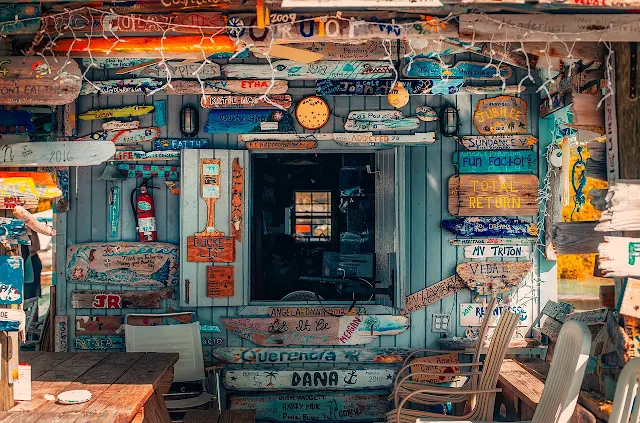Ad Code
Translate
List of 6,000+ Dofollow Commentluv Blogs FREE (Updated 2025)
What is Ozempic (semaglutide)? (Updated in 2025)
How To Find Suitable Properties In Cyprus? (Updated in 2025)
Smart strategies for trading on crypto exchanges
The Future of Hospitality: Trends and Predictions in Restaurant Design
As the As the hospitality industry continues to evolve, restaurant design plays a pivotal role in shaping the dining experience of patrons. From innovative layouts to cutting-edge technology integration, the future of restaurant design and restaurant accessories holds exciting possibilities. In this article, we explore emerging trends and predictions that are poised to transform the landscape of hospitality in the years to come.
Sustainable and Eco-friendly Design
With a growing emphasis on environmental conservation and sustainability, the future of restaurant design is set to prioritize eco-friendly practices and materials. From energy-efficient lighting to recycled furnishings, sustainable design elements not only reduce environmental impact but also resonate with eco-conscious consumers.
Biophilic design:
- incorporating natural elements such as greenery, reclaimed wood, and stone to create a connection with the outdoors;
- utilizing sustainable materials and renewable resources to minimize carbon footprint and waste.
Technology Integration for a Seamless Experience
Advancements in technology are revolutionizing the way restaurants operate and interact with patrons. From digital menus to contactless payment systems, the future of hospitality will see greater integration of technology to enhance efficiency and convenience for both diners and staff.
Digital ordering and payment:
- implementing mobile apps and self-service kiosks for contactless ordering and payment;
- streamlining operations through digital reservation systems and table management software.
Augmented reality (AR) and virtual reality (VR):
- using AR and VR technologies to offer immersive dining experiences, allowing patrons to visualize menu items and explore virtual environments;
- enhancing storytelling and brand engagement through interactive digital content.
Flexibility and Adaptability
The future of restaurant design will prioritize flexibility and adaptability to accommodate changing consumer preferences and market dynamics. Modular layouts and multi-functional spaces will enable restaurants to seamlessly transition between different dining experiences, from casual brunches to formal events.
Multi-use spaces:
- designing versatile layouts that can easily be reconfigured for private events, live performances, or pop-up collaborations;
- maximizing space utilization through flexible furniture and modular design elements.
Personalized and Immersive Experiences
As consumers seek unique and memorable dining experiences, the future of hospitality will focus on personalization and immersion. Restaurants will leverage data analytics and customer insights to tailor experiences that resonate with individual preferences and tastes.
Customization and personalization:
- offering customizable menus and dining experiences to cater to specific dietary restrictions, preferences, and occasions;
- creating immersive dining concepts that tell a story and evoke emotional connections with patrons.
Conclusion
The future of hospitality holds limitless possibilities for innovation and creativity in restaurant design. From sustainable practices to technology integration and personalized experiences, emerging trends are reshaping the way we dine and interact with food. By embracing these trends and predictions, restaurants can stay ahead of the curve and create memorable experiences that delight and inspire patrons for years to come.



0 Comments